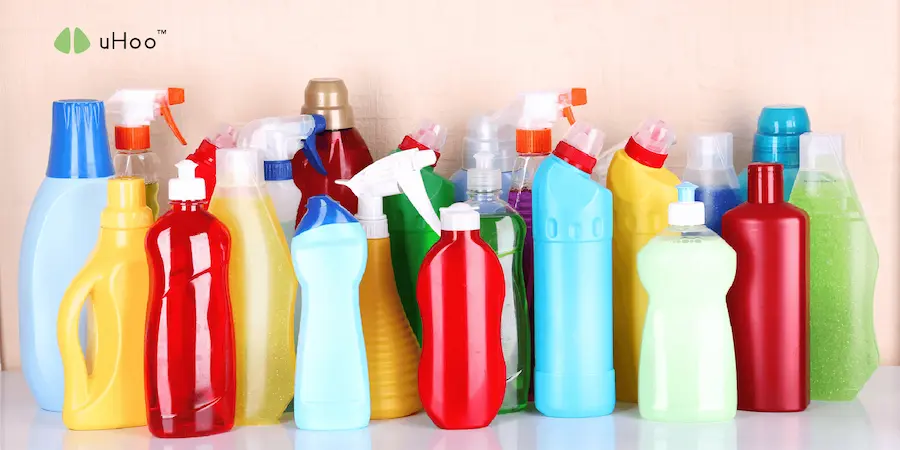Our homes, meant to be safe havens, can sometimes harbor hidden dangers that silently compromise our indoor air quality. While we diligently clean and maintain our living spaces, certain everyday household products release volatile organic compounds (VOCs) and other harmful substances, impacting our health without us even realizing it. Here’s a look at some of these culprits:
- Cleaning Products
Many conventional cleaning products, from all-purpose sprays to furniture polish, contain VOCs like formaldehyde, benzene, and toluene. These chemicals can irritate the eyes, nose, and throat, and long-term exposure may lead to more severe health issues. The Environmental Protection Agency (EPA) highlights that “some cleaning supplies and household products can release dangerous chemicals, including VOCs” (EPA, “Indoor Air Quality”). Opt for eco-friendly, fragrance-free alternatives whenever possible.
- Air Fresheners and Scented Candles
While they promise to create a pleasant atmosphere, air fresheners and scented candles often release a cocktail of chemicals, including phthalates and formaldehyde. Studies have shown that these substances can trigger asthma and allergies. A study published in the Air Quality, Atmosphere & Health journal found that scented products can be a significant source of VOCs in indoor environments.
- Building Materials and Paint
Paints, varnishes, and adhesives used in construction and home improvement often contain VOCs. The EPA recommends choosing low-VOC or no-VOC paints and building materials to minimize exposure.
- Personal Care Products
Surprisingly, personal care products like hairspray, nail polish remover, and even some lotions can release VOCs. These products are often used in enclosed spaces, exacerbating the problem.
- Dry Cleaning:
The chemical perchloroethylene (perc), often used in dry cleaning, is a known VOC. While dry cleaners are required to follow regulations, residual perc can linger on clothing and release into your home.
- Combustion Appliances:
Gas stoves, fireplaces, and furnaces can release carbon monoxide, nitrogen dioxide, and particulate matter if not properly maintained. The EPA warns about the dangers of combustion byproducts in indoor air.
- Pressed Wood Products:
Particleboard, plywood, and fiberboard often contain formaldehyde-based resins. These products can release formaldehyde into the air, especially when new.
Understanding these hidden hazards is the first step towards creating a healthier indoor environment. An air quality monitor like uHoo can help alert you when there are elevated levels of harmful substances in the air, empowering you to take immediate action and keep everyone in your home safe.



